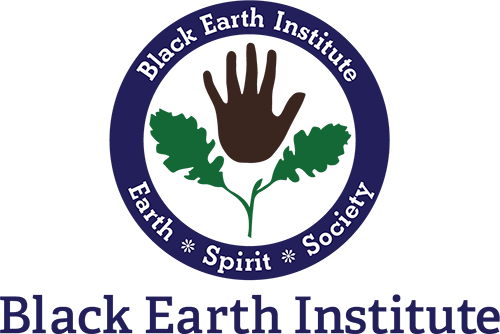
Photo credits, clockwise from upper left: Time Magazine, Wikipedia, CBC, The Boston Globe
by KEVIN KOCH
On a weekend in mid-March, my wife and I are bicycling the back roads of southwest Wisconsin, near Spring Green along the Wisconsin River. The roads curve and rise and fall, and my wife has generously added a couple of steep hills to the route just to make me happy. We live in the Midwest Driftless Area, a hilly, rugged region along the Upper Mississippi Valley and inland that the glaciers bypassed, leaving the land dotted with rock towers, river bluffs, sinkholes, caves, and springs.
The Driftless is just one of the Midwest’s unexpected treasures. Curses to the flyover crowd who think that the Midwest is all straight roads and flat. All through the Midwest lie nook and cranny landscapes that defy the stereotype: Nebraska’s Niobrara River valley cutting a 200-foot canyon through fossil country, Ohio’s Hocking Hills with its box canyon waterfalls, Minnesota’s glacial lake country, to name a few. And when you add a bit of imagination—thinking of those mile-thick glaciers grinding away above you—suddenly the plains become magical as well.
But then I click on the daily news and my regard for the Midwest plummets. An Iowa legislator proposes charging teachers with a felony if they assign books he doesn’t like or understand. Michigan militia think the fate of democracy rests on their plot to kidnap the Governor. Wisconsin legislators want to further gerrymander the state, so their side can increase their majority on even fewer statewide votes. The Midwest’s purple states have shaded red, and its reliably red states have gone deep-toned. Missourians elected Josh Hawley as their Senator—need I say more?
What do you do when you love a landscape but abhor its politics?
I used to think that landscape shaped its people. This anomalous Driftless region produced a quirky populace—artists living alongside farmers, traditional small-town businesses operating alongside wind and solar energy start-ups, and one of the highest concentrations of organic farmers in the country. And despite a deep cultural conservatism, the Midwest produced a pragmatic politics: senators, governors, and legislators from both parties who could work across the aisle, perhaps because our landscape lay so far from the polarizing coasts. In my home state of Iowa, a long-ago Republican governor, Robert Ray, introduced a non-partisan district-mapping process that is surprisingly still intact and ought to be the model for the country, and opened our state to Vietnamese refugees after that devastating war. But all that has changed. Our current Iowa governor shows no interest in helping non-European refugees, claiming they are “Biden’s problem.”
It’s a conundrum.
I look out at the landscape from my office window on the river bluff at the college where I teach. Off in the distance the Mississippi River rolls past. A landform called Sinsinawa Mound—a remnant chunk of Niagara Limestone rising above the Paleozoic Plateau—graces my view. But I don’t need to drive far into the countryside to begin seeing Trump signs still blazing from 2020, to see the “Let’s Go Brandon” signs thinly disguising their civic incivility. Although rare, it’s not unheard of to see confederate flags, especially in the southern reaches of the Midwest.
Maybe an answer to this conundrum lies in tuning in to the deep legacy and resilience of the land and those who have lived upon it. Glaciers flattened large swaths of the Midwest with their heavy violence, and even here in the Driftless where the glaciers didn’t reach, their meltwaters pummeled the Mississippi shoreline, scouring a deeper, bluff-lined river gorge. Human habitation goes back 12,000 years here, with ancient peoples eking out their lives at the edges of the retreating ice. Native American cultures flourished for several millennia, but small-pox preceded the arrival of Europeans and Americans. Our own worst regional massacre took place at the end of the so-called Black Hawk War in 1832, when Sauk women, children, and the elderly were fired upon by the American army while trying to swim across the Mississippi to safety. Northern forests were decimated by new settlers, after which the Midwest took on new prominence as the Rust Belt until the factories moved south or overseas. Small farms were swallowed up by ever-larger—often corporate—landowners. Our livestock often never see the light of day.
The land I see from my office window or climb and descend on my bicycle has been mauled by natural and human forces before. But still, it remains resistant. Sinsinawa Mound, Platteville, Belmont, and Blue Mounds have all held their Niagara Limestone caps through eons of weathering. They won’t last forever, but forever is a long time removed.
The landscape puts up with a lot and holds its place. Midwesterners have likewise been bruised and abused by external forces, and by each other, and yet here we still are, waiting for spring to hold true this time.
Maybe, like the land and its people, I can weather this current spate of the Midwest political climate and hope for a new season.
— April 2022

